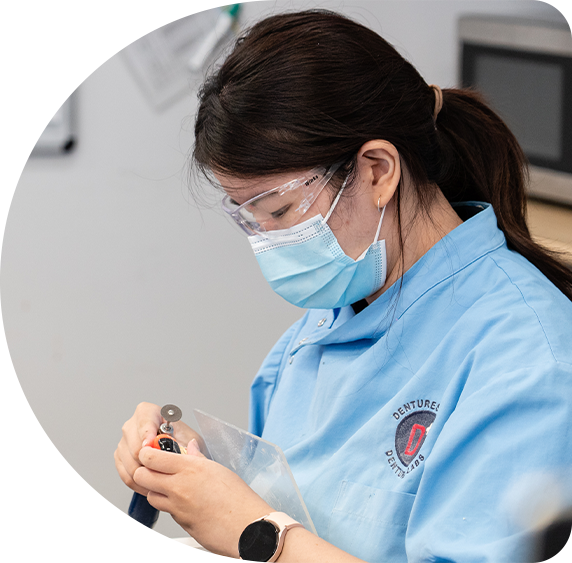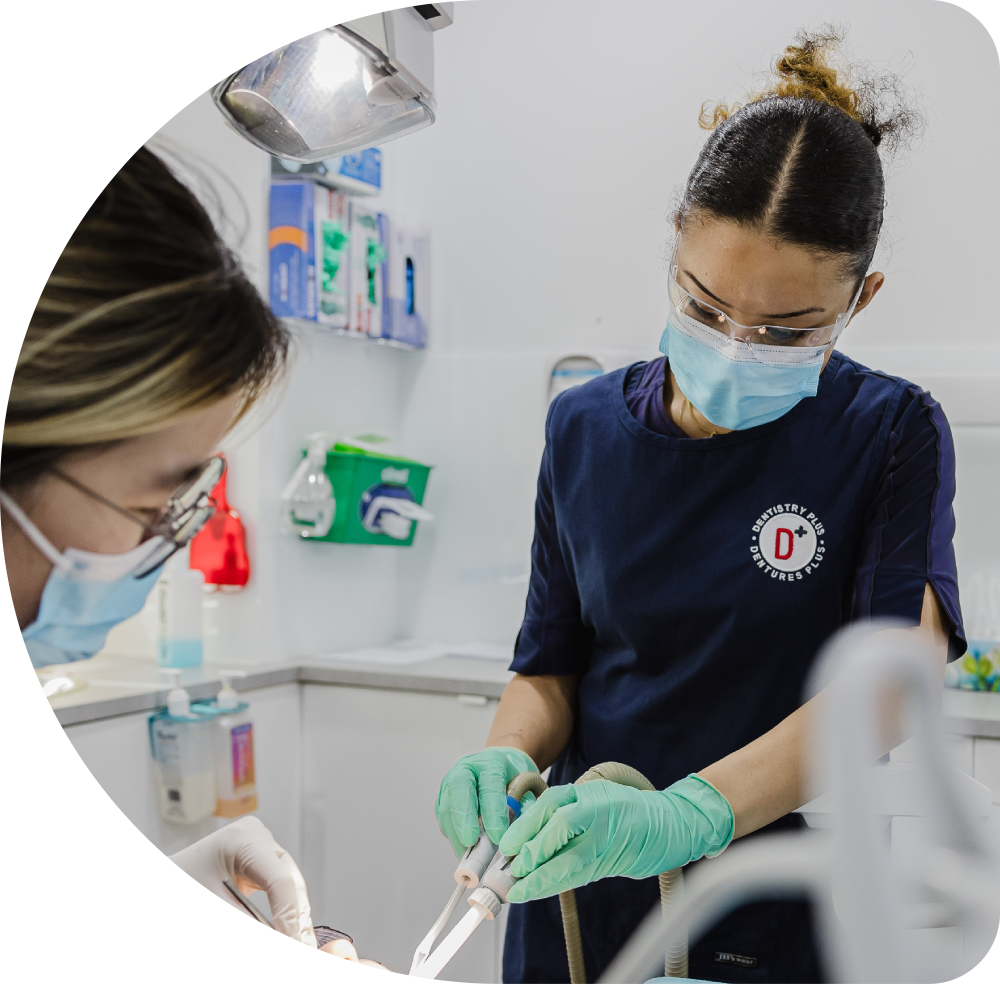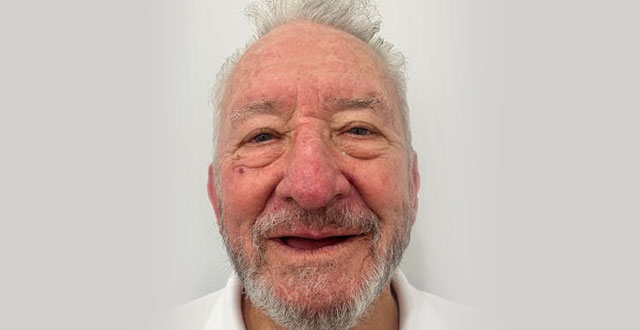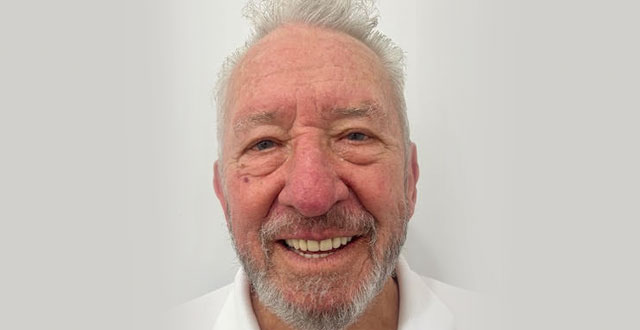We're here to help
With a range of options for dental implants in Perth to suit your needs. If you’re not sure what you need, we have a guide down below.
Also, feel free to call us with any questions that you may have.
Life changing smiles
Feel the confidence of smiling with a beautiful, full set of teeth.
With easy payment plans available, including early access to your super, we’re making it more accessible than ever.


More on
dental implants
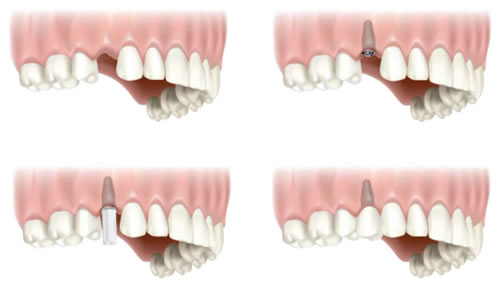
In previous years, the only options to replace a missing tooth was to either wear a removable, single tooth denture, or to place a bridge that attaches to the teeth either side of the missing tooth.The disadvantage of placing a bridge is that the healthy teeth either side of the gap need to be ground down, so that the two crowns on the bridge can be placed over the remaining tooth foundation.
With the advent of permanent implants, the single missing tooth may be replaced without doing any damage to the neighboring teeth. This gives a permanent, naturally functioning solution, by placing a single implant.
The implant is very similar in shape and size to a natural tooth’s root. Once it has been placed in the area of the missing tooth, it then integrates or bonds to the facial bone through a process called osseointegration, replacing the root of the natural tooth.
Once the implant has integrated, a mold is taken of your mouth, so that a tooth can be manufactured to fit on top of the implant. After approximately a week or two, the final tooth which is made of ceramic, can be attached to the implant.
The result is a natural looking crown that will have great long-term success, if looked after properly.
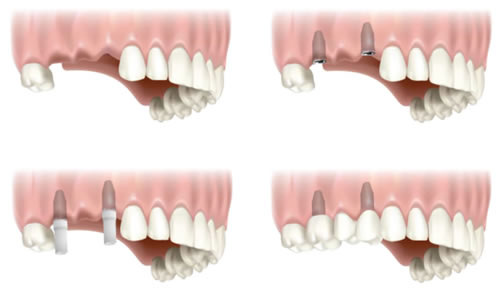
When two or more teeth are missing in the mouth, a removable multiple tooth plastic or metal denture can be worn, alternatively a fixed multiple tooth bridge can be manufactured to replace these teeth which rests on the remaining natural teeth.
When wearing dentures or a fixed bridge, the natural bone at the site of the missing teeth still shrinks, requiring them to be re-made after a number of years. In addition, a bridge damages the natural teeth it rests on, since they have to be ground down to hold the bridge in place.
A bridge that rests on two or more implants, does not damage any healthy teeth, and prevents the shrinkage of the natural bone. The number of implants needed would be dependent on the number of missing teeth and determined by your consulting dentist.
Once the implants have been successfully placed, a mould would be taken of your mouth by your dentist, to enable a dental technician to manufacture a permanent ceramic bridge. This bridge is then secured onto the implants using tiny gold screws, or a permanent adhesive or glue, thus replacing the missing teeth. Once this process has been completed, you will have normal function in your mouth.
Should there ever be any complications or a repair needed on the bridge, such as a crack or chip, it may be removed by your dentist and sent to the Dental Technician for repair.

There are three options available when all teeth are missing in either the upper or lower jaw. The first being a standard removable denture, which rests on the remaining gums in your mouth.
The second removable option allows a full denture with teeth to be manufactured which rests on a number of implants in your mouth. Small attachments are placed on top of the implants, with corresponding clips embedded in the denture. When the denture is placed into your mouth, it ‘clips’ onto the implants, and is held very firmly in place. Unlike a standard denture, it is far more stable and will not move around in the mouth. In order to remove the denture, it can easily be unclipped with your fingers by lifting the denture.
Due to the substantial increased stability of the denture in the case of the upper jaw, the palate area of the denture can be removed, thus taste and sensation is restored to the natural palate.
In the case of the fixed option, a full arch ceramic bridge is permanently secured to the implants using gold screws. Once this is completed, normal function is restored to your teeth. Four or more implants are usually used, and only your dentist can remove it if necessary. As with all implants, impeccable oral hygiene is needed.
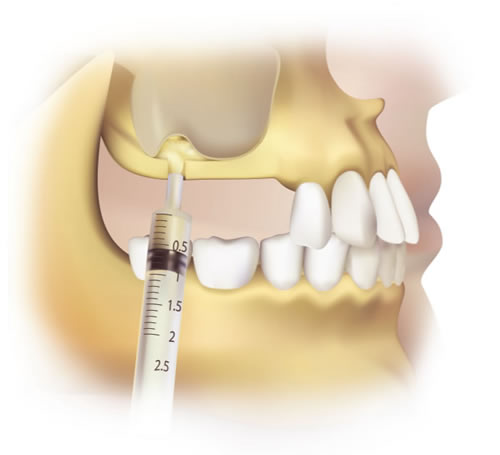
In certain cases where the natural teeth have been missing for a long time, the natural bone may have shrunk excessively to the point that implants cannot be placed in the normal way.
In order to place the implants, a sinus lift or bone graft would be necessary. Here bone is added to the area where the implants are to be placed, thickening the bone to provide sufficient bone support for the implants once placed.
In the upper jaw this procedure is called a ‘Sinus Lift’ or ‘Sinus Graft’, and in the lower jaw, a ‘bone graft’.
As the placement of implants has become more popular, this procedure has become very common practice. It is done by gently lifting the membrane that lines the inside of your sinus away from the sinus floor, and placing bone into this space, which thickens the upper jaw.
The graft is then left for about 6 months to develop it’s own blood supply and turn into natural bone. After this healing period, the tooth implants can be placed provided there are no complications.
The bone used could be your own natural bone, or donor bone from the ‘Bone Bank’. Your surgeon will discuss these options with you during your consultation.
Permanent implant surgery is one of the safest and most predictable procedures in dentistry when performed by a trained and experienced dentist. (American Academy of Implant Dentistry, www.aaid – implant.org) According to the Australian Dental Association, well maintained implants may last for many years; however, as with any dental appliance, repairs may be needed.
X-rays, and sometimes CT scans, will be needed to see if you have sufficient quality and quantity of bone. Conditions such as uncontrolled diabetes, HIV or leukemia can affect the bone growing onto the implant and will need careful assessment. In general, most people, providing they are in adequate good health, are suitable candidates for implants.
An accurate cost estimate can be obtained from your dentist or dental specialist. This is often given in the form of a quotation.
The components chosen will depend on the type of treatment needed. In addition to component costs, there will be professional fees and may be hospitalisation and medicine costs. In general, implant treatment is not much more expensive than the alternatives (bridges or new dentures at shorter recurring intervals). The big difference lies with long-term success. Implants can be with you for the rest of your life, if cared for properly.
We make accessing dental care easy with a range of payment plans, including early access to your Superannuation.
A small procedure will be necessary. It’s usually possible to place the implants in the dentist’s rooms. In some cases a general anaesthetic is preferable, and this will require a visit to a medical clinic or hospital. Some patients do experience one or two days of discomfort after the procedure, which is usually related to the stitches
The youngest patients receiving implants are in their late teens, and the oldest in their 90’s. What often happens where there are missing teeth, is that the jawbone begins to shrink. This is common with denture wearers, and the ridge which is important for holding the denture, gradually disappears, affecting the fit of the denture.
Tooth implants restore normal loading of the bone and thereby hinder this further loss of bone. The sooner you decide to have the implants placed, the less the permanent loss of bone will be and the easier it is for the dentist to achieve a good aesthetic result.
Implant treatment is a technical and complex form of dentistry. Not all dentists wish, or are trained, to provide implant treatment. For this reason, your dentist might refer you to a specialist for part or all of the implant treatment. The surgery (placing of the implant) is done by a Maxillo-Facial and Oral Surgeon, a Periodontist, or a Dentist. The design and construction of the artificial teeth is done by a Dentist or Prosthodontist working in conjunction with a Dental Technician. Ask your dentist about your implant treatment options today.

Easy finance to help you
access dental care

Smile Now Pay Later
There’s no risk. If you don’t get approved, it won’t impact your credit score.
We partner with Pretty Penny Finance* to provide this service.
* Dentistry Plus Pty Ltd ABN 32 605 704 523 – Credit Representative number 486980 is an authorised representative of Pretty Penny Holdings Pty Ltd ABN 69 607 391 168 – Australian Credit Licence 481695

Health Layby Wallet
An alternative to extras health cover, where you don’t lose your money if nothing happens.
The button below will take you to sign up to Health Layby Wallet’s Beta program.
ZIP pay
The easy way to pay for non-major dental procedures.
The button below will take you to Zip Money website.
Early Super Release
If eligible, gain early access to your superannuation to fund your treatment.
We partner with SuperCare to provide this service.

16 years of smiles
Starting from humble beginnings in 2008, Dentistry Plus’ customer base has rapidly grown through excellent service and a World class approach to dentistry.
Because of this, you can find Dentistry Plus in 7 locations (with more to come) across Perth.
Quality in every service
Today, Dentistry Plus continues to grow with a strong focus on quality of service.
Every dental clinic is equipped with the latest technology and all our dentists are carefully selected to ensure that every procedure, from a simple scale and clean to a full dental reconstruction, is performed to the highest possible standard.
